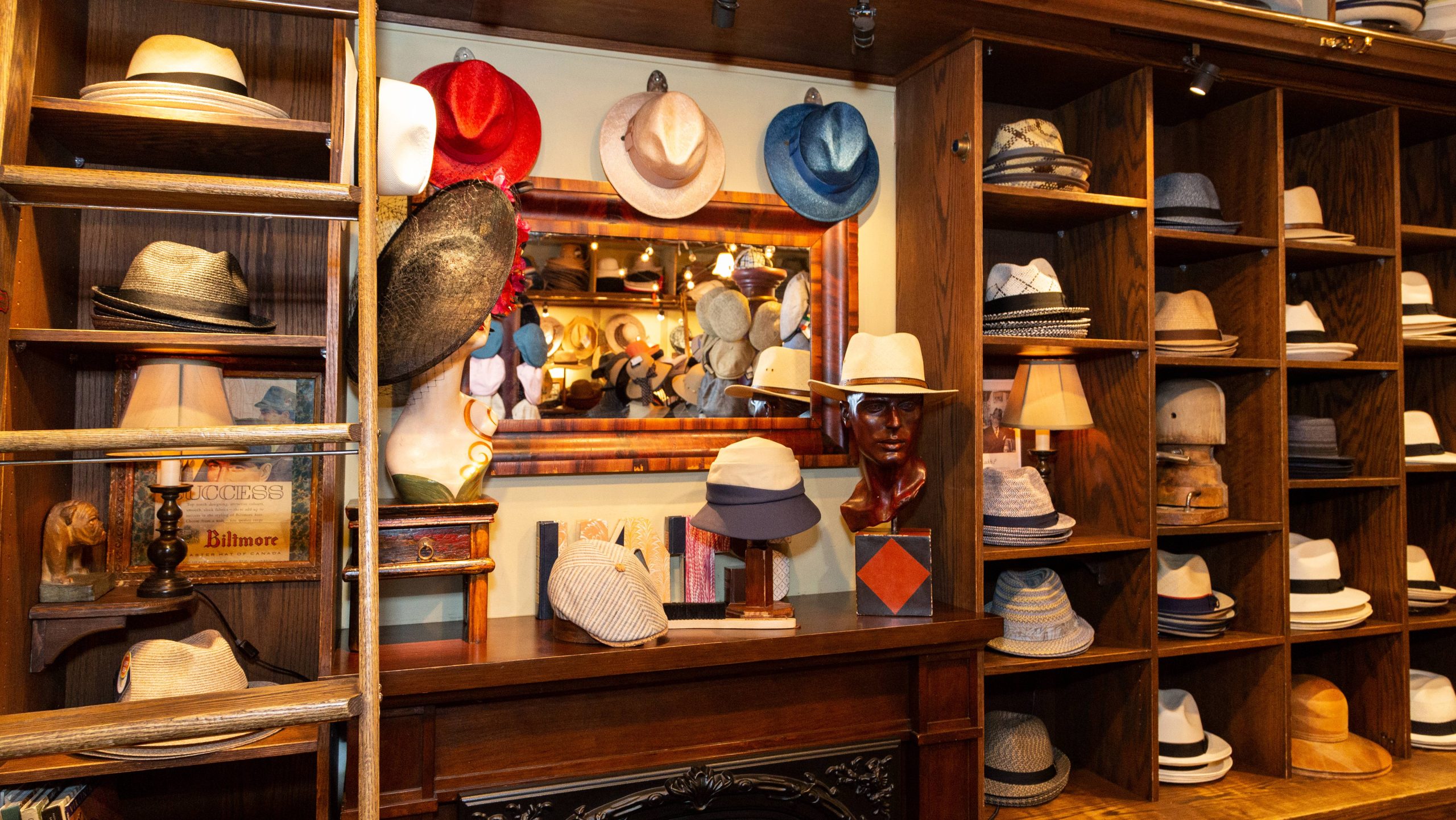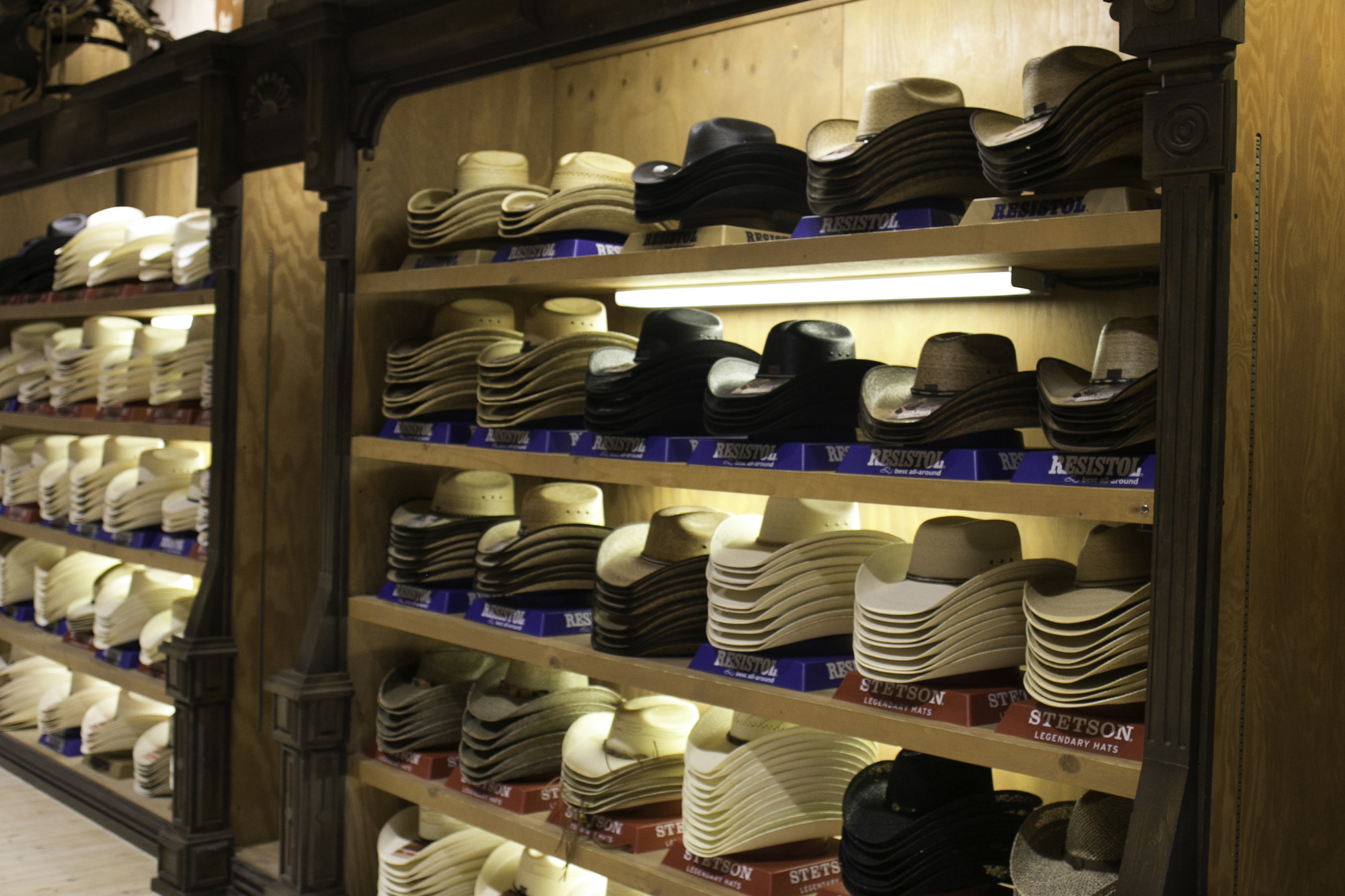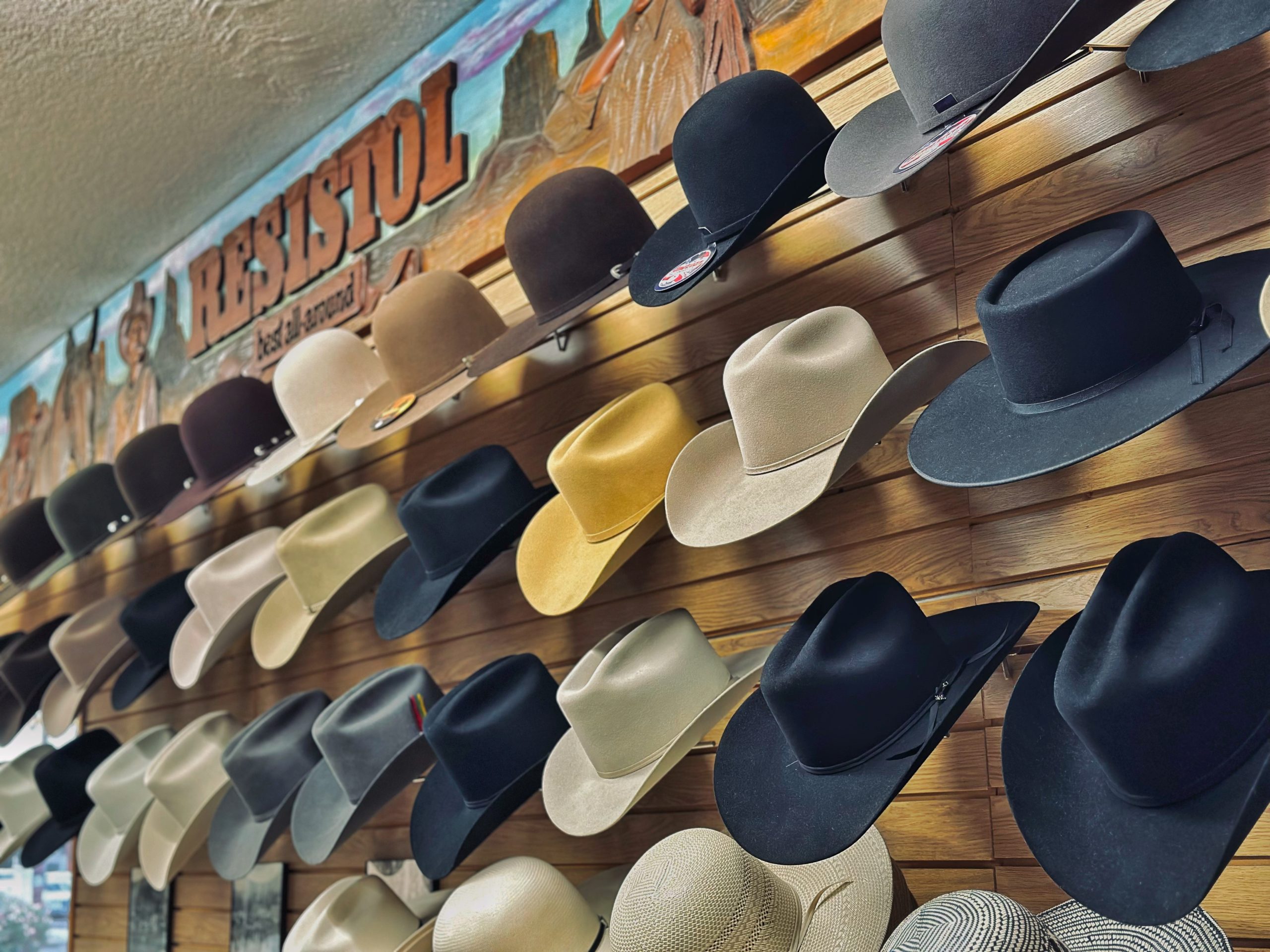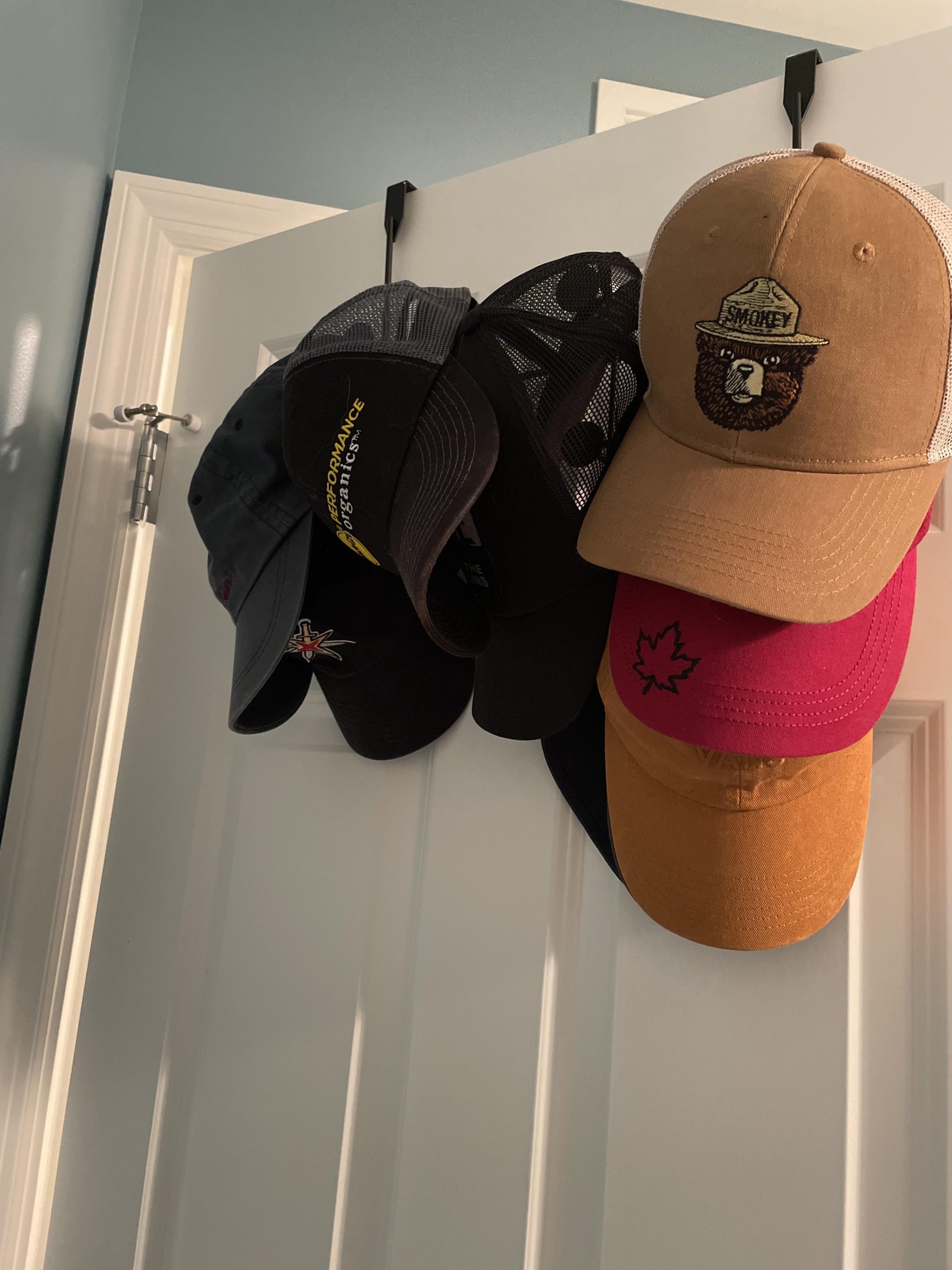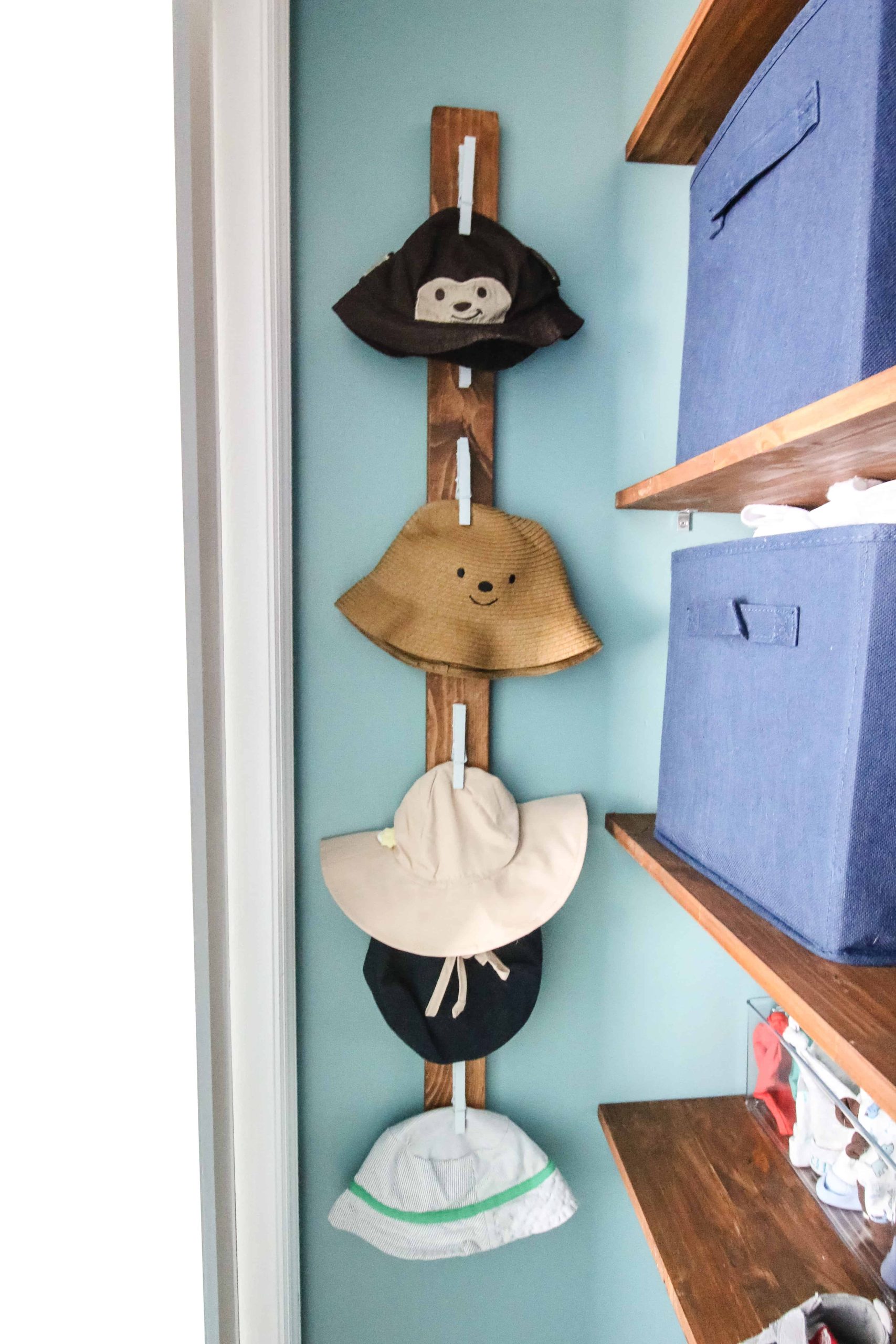Introduction
Storing hats properly is essential to maintain their shape, protect them from dust and damage, and ensure they remain a stylish accessory in your wardrobe for years to come. Whether you have a small collection of cherished hats or a vast array of headwear for every occasion, implementing smart storage solutions can make all the difference. Here are several methods and creative ideas for storing your hats effectively:

1. Hat Boxes
Hat boxes are a classic and elegant storage solution, especially for delicate or expensive hats. These boxes typically come in various sizes to accommodate different hat styles, providing a snug fit that helps retain the hat’s shape. Look for acid-free boxes to prevent yellowing or deterioration over time. You can stack them neatly in a closet or display them openly as a decorative element in your bedroom or dressing area.
2. Wall-Mounted Hooks
Utilize vertical space by installing hooks on walls or the back of closet doors. Choose hooks specifically designed for hats to avoid stretching or misshaping the brim. Arrange them at intervals that allow each hat to hang freely without touching, ensuring adequate air circulation and preventing deformities. This method works well for baseball caps, beanies, and some casual hats.
3. Closet Rod Extenders
If you have a bit more closet space, consider using closet rod extenders or dedicated hat racks. These devices attach to your existing clothing rod, creating a lower level specifically for hanging hats. They’re great for fedoras, wide-brimmed hats, and other structured styles that need support around the crown.
4. Over-the-Door Organizers
Over-the-door organizers with clear plastic pockets or hooks are versatile options for smaller spaces. They can hold a variety of hat types and even scarves or gloves, keeping everything visible and accessible. This is an excellent solution for apartments or rooms with limited closet space.
5. Hat Stands and Displays
For hats you want to showcase or protect from dust, hat stands and displays are both practical and visually appealing. Available in a range of materials like wood, wire, or acrylic, they can be placed on dressers, shelves, or tables, turning your hats into decorative elements. This is particularly suitable for vintage hats, fascinators, or those with intricate designs.
6. Stackable Clear Containers
Clear plastic containers with lids are another efficient storage method, especially for seasonal storage or less frequently worn hats. Ensure the containers are slightly larger than your hats to avoid compression and use tissue paper or bubble wrap to cushion delicate items. Label the containers for easy identification and stack them neatly.
7. DIY Solutions
Get creative with DIY hat storage ideas tailored to your space and collection. Repurpose old wine crates, attach dowels to a wooden board for hanging hats, or create a pegboard wall display. Not only do DIY projects save money, but they also allow for customization that perfectly matches your style and needs.
Additional Tips:
- Clean Before Storing: Always clean your hats before storing them to prevent dirt buildup and potential damage.
- Handle with Care: When handling hats, avoid touching the brim excessively or putting pressure on the crown to maintain their shape.
- Climate Control: Store hats in a cool, dry place away from direct sunlight, which can fade colors and damage materials.
- Regular Rotation: Rotate the position of your hats occasionally to prevent permanent creases or deformities from prolonged pressure points.
By adopting these storage strategies, you can preserve the longevity and appearance of your hat collection, ensuring they’re always ready to top off your outfit with style.
8. Use Acid-Free Tissue Paper
Wrap each hat individually in acid-free tissue paper before placing it in a box or on a shelf. This will help absorb moisture, prevent color transfer, and minimize dust accumulation. For hats with special embellishments or fragile materials, take extra care to cushion these areas to avoid damage.
9. Consider Hat Shapers
Invest in hat shapers, especially for felt or straw hats that can lose their shape over time. These are inserts made of plastic, wire, or foam designed to fit inside the crown of the hat, maintaining its form during storage. Some are adjustable to fit various hat sizes.
10. Optimize Drawer Space
If drawer space permits, line a deep drawer with soft fabric or padded inserts and arrange your hats neatly inside. This is particularly useful for flat caps, berets, or other foldable hats that don’t require much height. Be sure to alternate the direction of the hats (facing up and down) to maximize space.
11. Hat Hangers with Clips
Use specialty hangers designed with clips to hang hats on a standard clothes rail. These are particularly handy for lighter hats that can be hung by their edges without causing damage. Ensure the clips are covered with a soft material to prevent marks or snags.
12. Create a Shadow Box Display
Transform your favorite hats into wall art by displaying them in shadow boxes. This not only keeps them clean and dust-free but also adds a unique touch to your home decor. Choose boxes with UV-protected glass if displaying in sunny areas to prevent fading.
13. Consider Seasonal Storage
Store seasonal hats separately, especially those made from natural fibers like wool or fur, which might require cooler temperatures during summer months. Switch out your summer hats for winter ones and vice versa, ensuring they are stored appropriately for the season.
14. Label Everything
To keep your collection organized, label each box, container, or hook with the type of hat or a description, especially if you have multiple similar items. This makes finding the right hat quick and effortless.
15. Regular Maintenance
Inspect your hats periodically while in storage to check for any signs of moth activity, dampness, or damage. Address any issues promptly to prevent further harm.
16. Seasonal Switch-Out
Rotate your hats seasonally, storing away those not in use. This not only keeps your current options organized and accessible but also reduces exposure to environmental factors that could harm off-season hats.
17. Digital Inventory
Create a digital inventory or catalog of your hat collection, complete with photos and notes on each hat’s specifics, including cleaning and storage requirements. This can be particularly helpful for large collections or when you need to recall where a particular hat is stored.
Conclusion
By incorporating these additional suggestions, you can further refine your hat storage system, ensuring your collection remains in pristine condition, easily accessible, and beautifully displayed. Remember, proper storage isn’t just about practicality; it’s also an opportunity to appreciate and celebrate your unique fashion accessories.